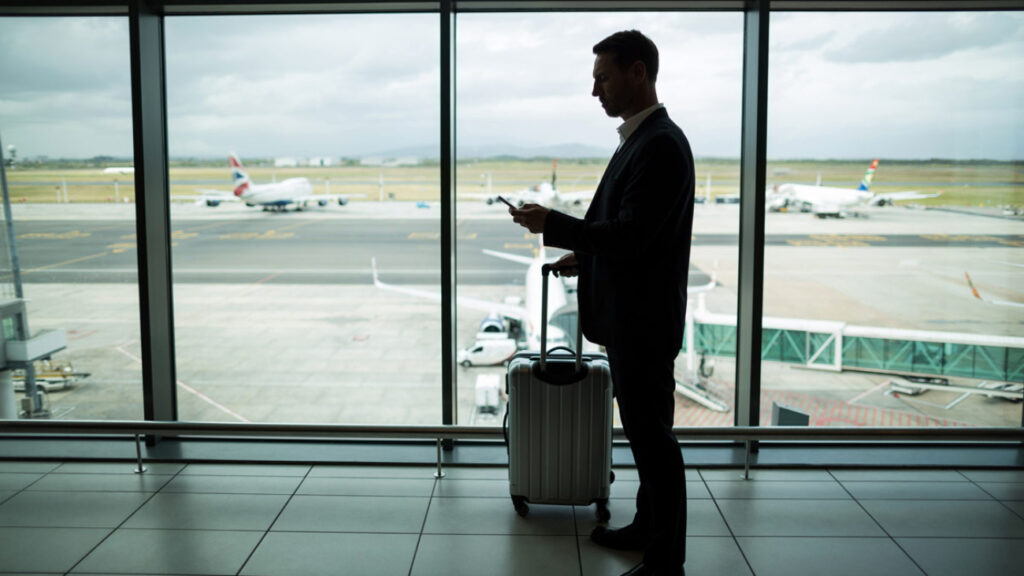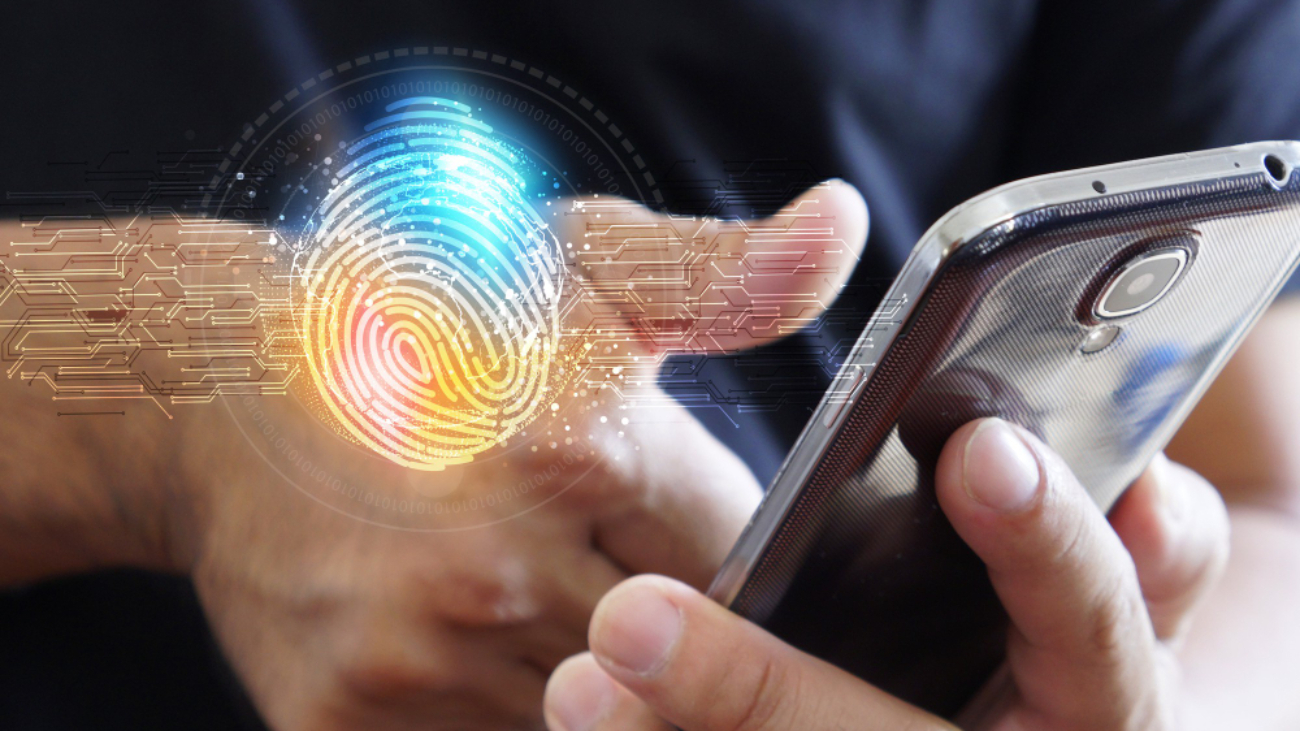As a frequent flyer, Bahaa Abdul Hadi has experienced the agony of waiting in a queue while anxious about missing their flight. Even with the different methods of minimizing the waiting time in airports like online check-in etc., this was a growing problem.
Therefore governments and airlines are increasingly implementing biometric technology in airports to ease the struggle of travelers. The aviation industry is buzzing with talks about using biometrics. This technology uses face, fingerprints, and retina scanning to authenticate a person’s identity. Furthermore, this is a much quicker and touchless system of checking identity.
But, Bahaa Abdul Hadi explains how does it add to the air travel experience?
Use of Biometrics at the Airports
Biometric technology does an automatic verification of the flyers, letting them navigate securely and quickly through border control. Airports have started using eGates technology to provide a seamless plane-boarding process.
Automated Border Control technology verifies a flyer’s identity by comparing an image of their face with their passport. This biometric system is much more dependable and foolproof than a fingerprint scan. Also, it does not feel so intrusive and is a fast procedure.
Usually, flyers in an airport have to check in multiple queues for check-ins. Biometric technology aims to make this a thing of the past. With its implementation, when a flyer has to board the flight or buy something from the duty-free shops, they need not flash out their boarding pass or passport. Very interestingly, the use of facial recognition software makes every flyer a biometric token!
How do flyers use Biometric technology?
A biometric platform lets passengers use their mobile and enroll their facial biometric details in advance. They can complete this process very quickly at home, before coming to the airport. Therefore, their travel documents will get linked with their facial biometrics. Thus, when passengers arrive at an airport, they can swiftly scan their faces at all the touchpoints to instantly verify their identity.
Conclusion
Biometric technology in airports has provided a zero-touch way of verifying a passenger’s ID. The technology will make the airport experience hassle-free from entry to the exit gate. Furthermore, biometrics are very efficient in detecting visa overstays and fake documents. It has also speed-up the global entry process for international travelers.
The speed and convenience of biometric technology have made it the future of air travel and passenger boarding. From using a biometric token for bag-dropping to collecting it, air travel is stepping into a new era.
Thank you for your time, Stay tuned to www.bahaaabdulhadi.com







